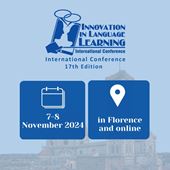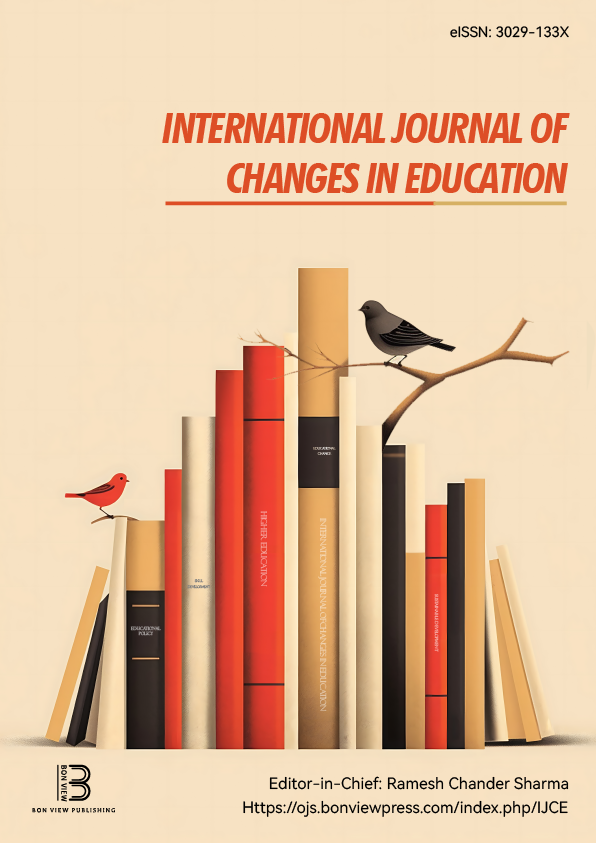Studies on endogenous enzymes in pearl millet
Yasuo Shiraishi Shiraishi, Japan Toyo University (Japan)
Mika Tsuyukubo, Toyo University (Japan)
Abstract
|
Keywords |
Pearl millet Enzyme activity Free equivalents |
[Objective] Pearl millet(Pennisetum glaucum) is a gluten-free grain that can be cultivated reliably even in climates subject to frequent climate change. Its high nutritional value, including iron and calcium, compared to wheat flour makes it a valuable grain resource. However, little research has been done on its cooking properties. Therefore, this study focused on the free sugar content of pearl millet and examined the behavior of endogenous enzymes during heating. This study is expected to contribute to understanding food science and the study of sustainable food resources.[Method] To examine the free sugar content of pearl millet flour, 50 ml of distilled water was added to 5.0 g of pearl millet powder and exposed to temperatures ranging from 40 to 80°C in 10°C increments for 30 minutes. 80% ethanol was then added, followed by shaking and extraction, and suction filtration. The resulting residue was then re-added to 80% ethanol, followed by shaking and extraction, followed by suction filtration. The filtrates were combined, concentrated under reduced pressure, and diluted with distilled water to produce a pearl millet extract. Extracts were prepared in the same manner for unheated samples. The resulting extract was analyzed for glucose, sucrose, fructose, and maltose contents using an F kit (J.K. International Co., Ltd.). [Results] Unheated, the maltose content was high, while the glucose and fructose contents were low. Heating reduced the maltose content and increased the glucose and fructose contents. In particular, exposure to temperatures between 60°C and 70°C reduced the maltose content and increased the glucose and fructose contents. Therefore, it is believed that maltase, α-glucosidase, and sucrase were active in pearl millet. Elucidating enzyme activity will affect the final product and lead to an understanding and learning of food science through food properties. Furthermore, because pearl millet is gluten-free, it offers potential as a new grain resource when considering future food resources.
 New Perspectives in Science Education
New Perspectives in Science Education





























